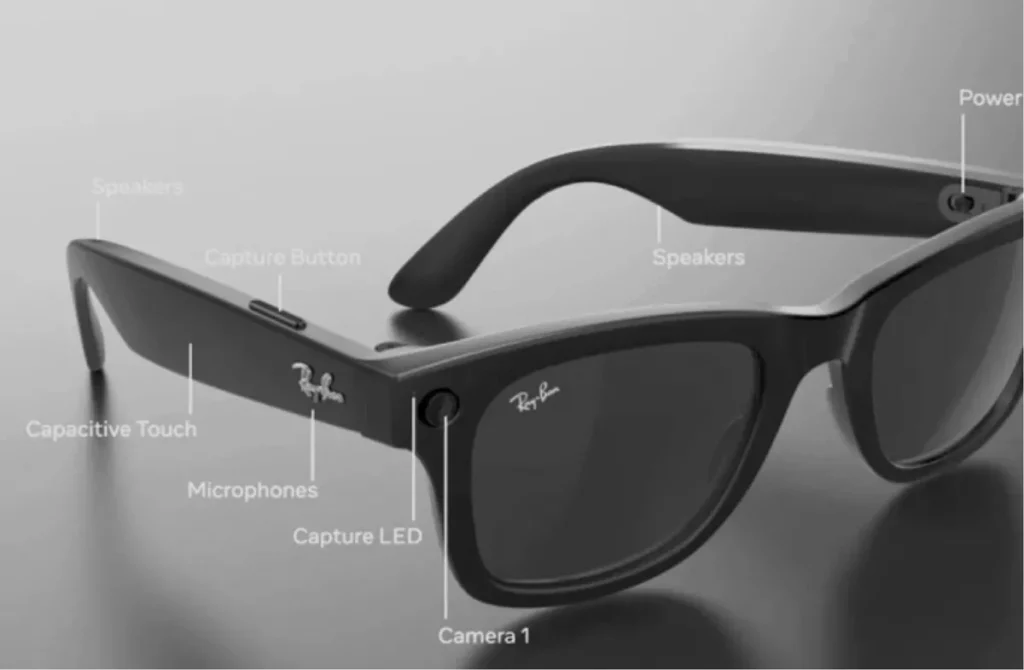Meta tests smart glasses with a built-in display and wristband controls, signaling a new chapter in the company’s AR push. These will be the first consumer-ready glasses from Meta that feature a visual interface.
Meta tests smart glasses with wristband controls

At next month’s Connect conference, Meta plans to unveil two new hardware products: its first pair of display-equipped smart glasses and a neural input wristband. The glasses, codenamed Hypernova, will include a compact digital display built into the right lens. Users will also be able to control them using subtle hand gestures, thanks to the wristband developed by Meta’s CTRL Labs.
This conference has traditionally served as a showcase for Meta’s AR and VR work, and this year looks no different. The Hypernova glasses mark a shift from voice-only interactions to more immersive use cases, even if visual output remains limited for now.
Display features will stay simple for now
While the addition of a color display brings more utility, expectations are being managed. The glasses will display messages and notifications within a small 20-degree field of view. According to insiders, the feature set is meant to stay lightweight to keep the price down and the form factor wearable.
Andrew Bosworth, Meta’s tech chief, pointed out that using a single-lens display makes the device more affordable, lighter, and easier to manufacture. That design tradeoff also helps differentiate it from high-end headsets like Apple’s Vision Pro.
Meta tests smart glasses to gather real-world data
The $800 Hypernova glasses will be released in partnership with EssilorLuxottica, the company behind Ray-Ban and Prada eyewear. The goal isn’t mass adoption out of the gate; it’s refinement. Meta wants feedback from real users before scaling up to more advanced AR glasses.
Some of the expected functions include:
- Taking and sharing photos or videos
- Making calls and video chats
- Reading and responding to messages
- Listening to audio playback
- Interacting with AI via voice, display, and gestures
Wristband tech aims to replace traditional input
The wristband reads electrical signals in the arm using sEMG sensors. Unlike camera-based body tracking, this method interprets muscle activity directly. It’s more discreet but also sensitive to how snugly it’s worn or which arm it’s on, challenges the team is actively working through.
To train the tech, Meta has begun distributing early versions of the wristband and glasses to developers. They’re especially interested in those building apps with generative AI, aiming to show off some standout demos at Connect.
Meta tests smart glasses again, but this time with real ambition
A third-generation voice-only smart glasses model is also on deck. But it’s the Hypernova glasses and the wristband that reveal Meta’s actual play: full-featured, wearable AR that doesn’t rely on bulky headsets. With gesture control, AI interactions, and developer support, Meta is trying to inch closer to everyday AR no headset required.














